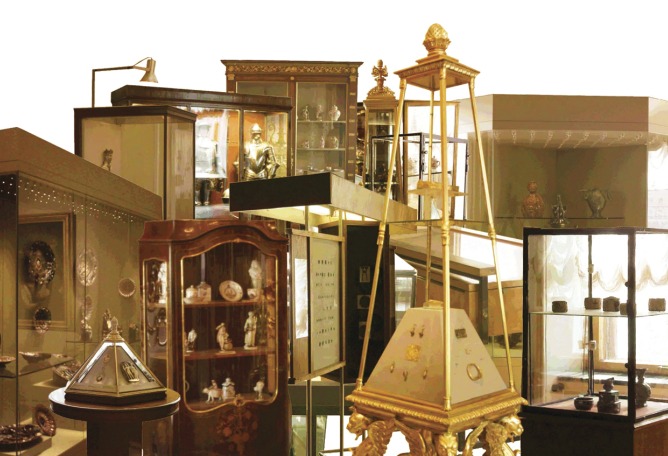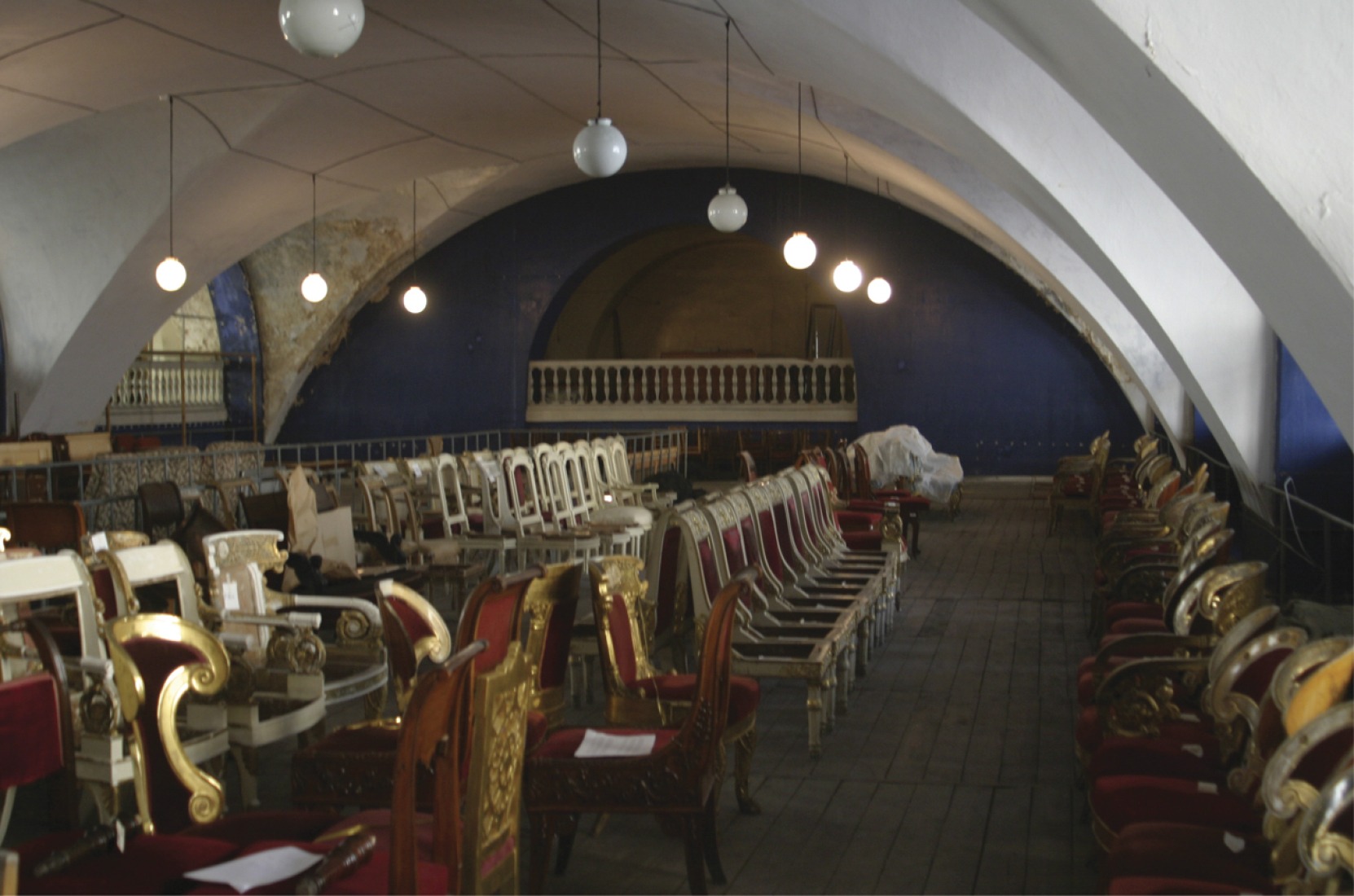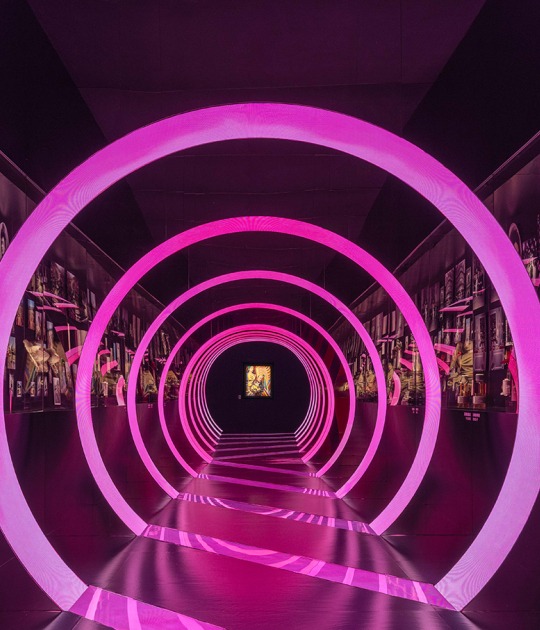While exploring and studying the Hermitage in the early 2000s, AMO encountered, hidden beneath the dense mass of the museum, the former stables and manège of the palace complex, closed to the public since the 1950s and used to store furniture, carriages and other large items. Relatively free of decoration, these huge open spaces, located in the Small Hermitage, offer a radically different condition to the rest of the museum.
As part of OMA’s almost 15-year engagement with the Hermitage, the two halls, the Pergam Hall and the Manege Hall (the former stables and equine riding arena respectively), are now transformed into a Kunsthalle, offering a relatively neutral background for temporary exhibitions, events and experimentation. Located on the ground level of the Small Hermitage, the Kunsthalle will be directly accessible through its own visitor entrance along the Shuvalov Passage, closed off for decades and now open to the public. By opening the Shuvalov Passage, the Kunsthalle project restores an earlier urban model, in which each of the Hermitage buildings had a relatively independent life as a component of the city. The Passage also offers an alternative entrance to the eastern half of the Hermitage, rebalancing the flow of visitors.
The Pergam Hall, the former stables, renamed after the Pergamon Altar, which was stored and exhibited here in the 1940s, will open in early 2015, as the new visitor entrance zone to the Manège Hall and the museum. It is coupled with the museum’s art packaging facility, offering visitors a unique glimpse of the usually hidden mechanics. The Manège Hall is a key new exhibition space of the Hermitage.
The first exhibition in the this new space is “Display of Displays”: an unveiling and exploration of the Hermitage’s historic collection of display cases, exploring their significance as both historical records and works of art. The Hermitage collections of vitrines is probably the largest in the world, and covers a time span of 250 years, from the early imperialcollections under Catherine II to the Soviet era and the present. In this exhibition, the displays acquire for the first time the status of important collection items, with aesthetic and historical significance beyond their functional role.
“Display of Displays” and the architectural interventions to the Small Hermitage mark the first physical manifestations of curatorial and spatial proposals developed as part of OMA’s Hermitage Masterplan – 2014.
DATA SHEET.-
Partner-in-Charge.- Rem Koolhaas.
Team 2008–2009.- Chris Barley, Willem Boning, Ekaterina Golovatyuk, Talia Dorsey, Marieke van den Heuvel, Matthew Jull, Amandine Kastler, Tanner Merkeley, Anna Neimark, Henry Ng, Vassilios Oiknomopoulous, Chris Parlato, Rocio Paz, Anastassia Smirnova, Kyo Stockhaus, Boris Vapne, Olly Wainwright, James Westcott, Mian Ye
Team 2012–2014.- Janna Bystrykh, Alvaro Gomez-Selles, Bruno Gondo, Ricardo Guedes, Maria Kachalova, Minkoo Kang, Timur Karimullin, Cristian Mare, Barbara Materia, Gili Merin, Timur Shabaev.
Collaborators.-
Lighting concept.- Lichtvision.
Construction.- Beta-Kom.
Lighting.- Tochka Opory.
Construction.- Beta-Kom.
Status.- Display of Displays exhibition, Manège Hall and Shuvalov Passage completed December 2014. The entire project to be completed beginning of 2015.
Client.- State Hermitage Museum.
Location.- St. Petersburg.
Site.- Shuvalov Passage.
Program.- Public passage, exhibition spaces, visitor entrance zone, museum packaging facility, storage offices.
































